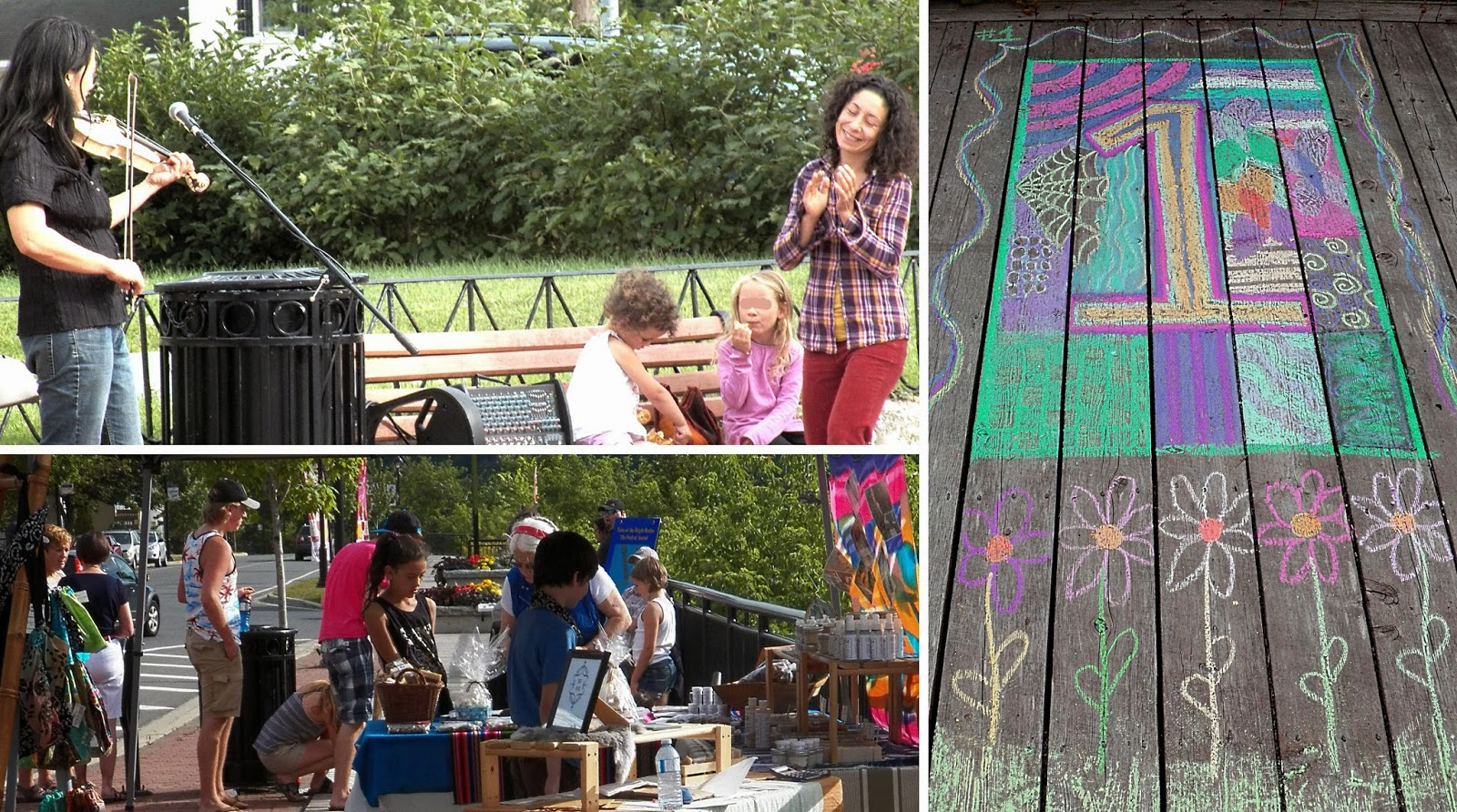Gallery curator Victoria Hutt
Victoria Hutt, executive director at the Andrew & Laura McCain Art Gallery, is a graduate of the Nova Scotia College of Art and Design University in Halifax NS and worked as a graphic designer there until returning to Carleton County in 2009 to take the helm at the Gallery.
The Florenceville-Bristol NB gallery presents about eight shows a year that feature regional and other Maritime artists. Overall, Hutt is excited about what she sees happening in the Upper Saint John River Valley and there’s no doubt that Gallery programs have played an important part in the enhancement of the region’s cultural profile.
It’s been a while since we chatted, Victoria. What’s new?
It’s been a very busy summer and we’ve just signed a two-year lease on a building here in town that we plan to use as artists’ studio rentals and educational space. It’s owned by McCain Foods ─ they want to see a lively Main Street and promote art in our area ─ and that’s made us possible for us to expand.
What’s the plan?
We’ll have artists’ space upstairs, both private studios and shared spots at quite low rents for, let’s say, eight artists. Everyone will have a chance to collaborate. We’re also looking at offering artists-in-residence opportunities that will bring in different perspectives. The whole downstairs will be an educational art centre for youth and adults. That allows us to grow our after-school programs and offer evening courses in specialized areas.
So, aside from gallery shows, you see a community catalyst role here as well?
Definitely ─ and the feedback has been good. Over the last few years, we’ve launched a number of programs that have had quite an impact. The Art in the Valley map, for example, and we’re now in the third year of summer and fall studio tours. We staged several events during the Festival of Flavour last month. Our summer art camp for youth went really well too ─ the session at Perth was so popular that we had to hold two classes. The demand is there so there will be more camps next summer.
New space for artists, art opportunities for children, studio maps, high-calibre gallery shows. Other galleries and cultural festivals are thriving here too.
Just this summer I’ve heard from so many artists who are saying things like “not that many years ago I couldn’t even find a venue in this area and now we’re having to scramble for space at festivals, fairs and galleries”. They are, of course, encouraged. And the public has become much more aware of the talent we have around here. I’m also seeing more visitors, from Quebec and Nova Scotia for instance, stopping in at the Gallery so there’s definitely a cultural tourism potential.
How might our own public schools do better?
Victoria, you have four young children of your own. What’s your sense of the art educational opportunities in elementary and middle school?
Parents and teachers are worried about these students and whether they can excel in high school without a sound art foundation. Kids need to be introduced to technique at a young age so that they are able to hone their skills as they get older. Every day we see great teachers working hard to cultivate creativity but it's the lack of resources that we're concerned about most.
But the whole curriculum seems to grow while resources tighten…
You can tell which children have had a solid introduction to art ─ they’re much more confident. I think about my own kids’ teachers quite sympathetically. It’s hard to believe that home room teachers, usually very good generalists, are responsible for so many highly specialized areas. It’s a lot to expect of them.
Are there any “work smarter” solutions?
I’ve seen many teachers integrating art into other studies. Art and science marry very well ─ think of scientists who may have to draw as part of their work. Even knitting can be used to teach math skills. I do see a lot of creative programming, as well, particularly at private schools like Waldorf and Montessori where they use the hands-on approach. Talent is noticed and encouraged at public schools that offer gifted programs too.
 |
The Gallery is located on Main Street in
Florenceville NB and open Tuesday through Saturday.
|
More specialized staff would be one way to improve art education for younger children. A dedicated art room in each school would be a bonus.
Meanwhile, how do the McCain Gallery’s outreach programs help?
We already spoke about the gallery’s youth summer programs but we also work with the schools all year. There’s the Afterschool Art Club where we bring professional artists into the classroom on a weekly basis for six sessions. Then there’s the Art Afternoons where we host seven or more local artists ─ they each prepare a different 90-minute lesson ─ and the students can choose what interests them most. These are all by teachers’ requests and they really appreciate our support.
With what result?
Gallery programs for schools, supported by the Carleton North Community Foundation as well as private donors such as the Harrison McCain Foundation, touch every one of the roughly 600 students at six elementary and middle schools from Bath to Centreville. We want these kids to go on to the high school art program ready to excel. Everyone’s happier!


